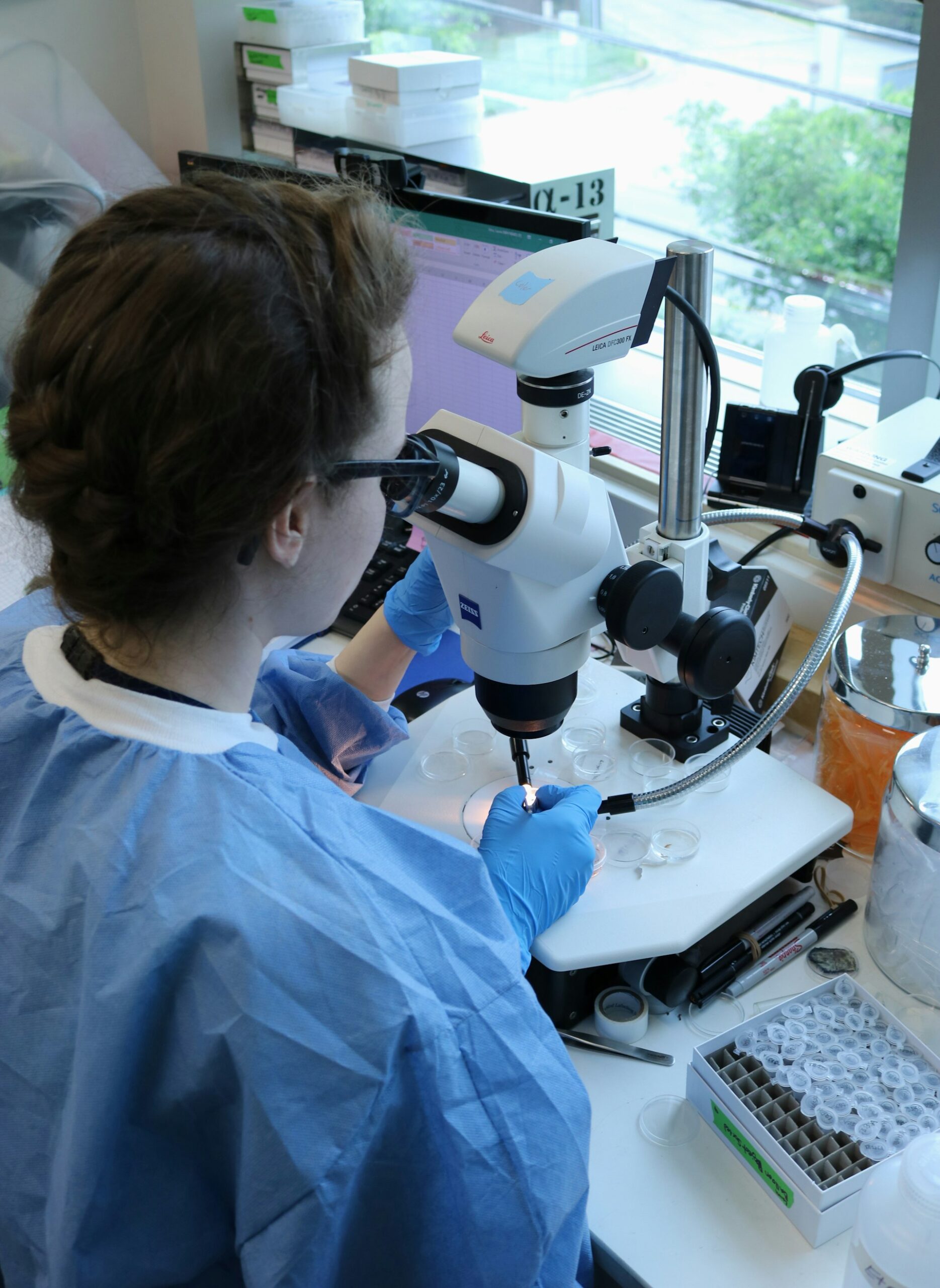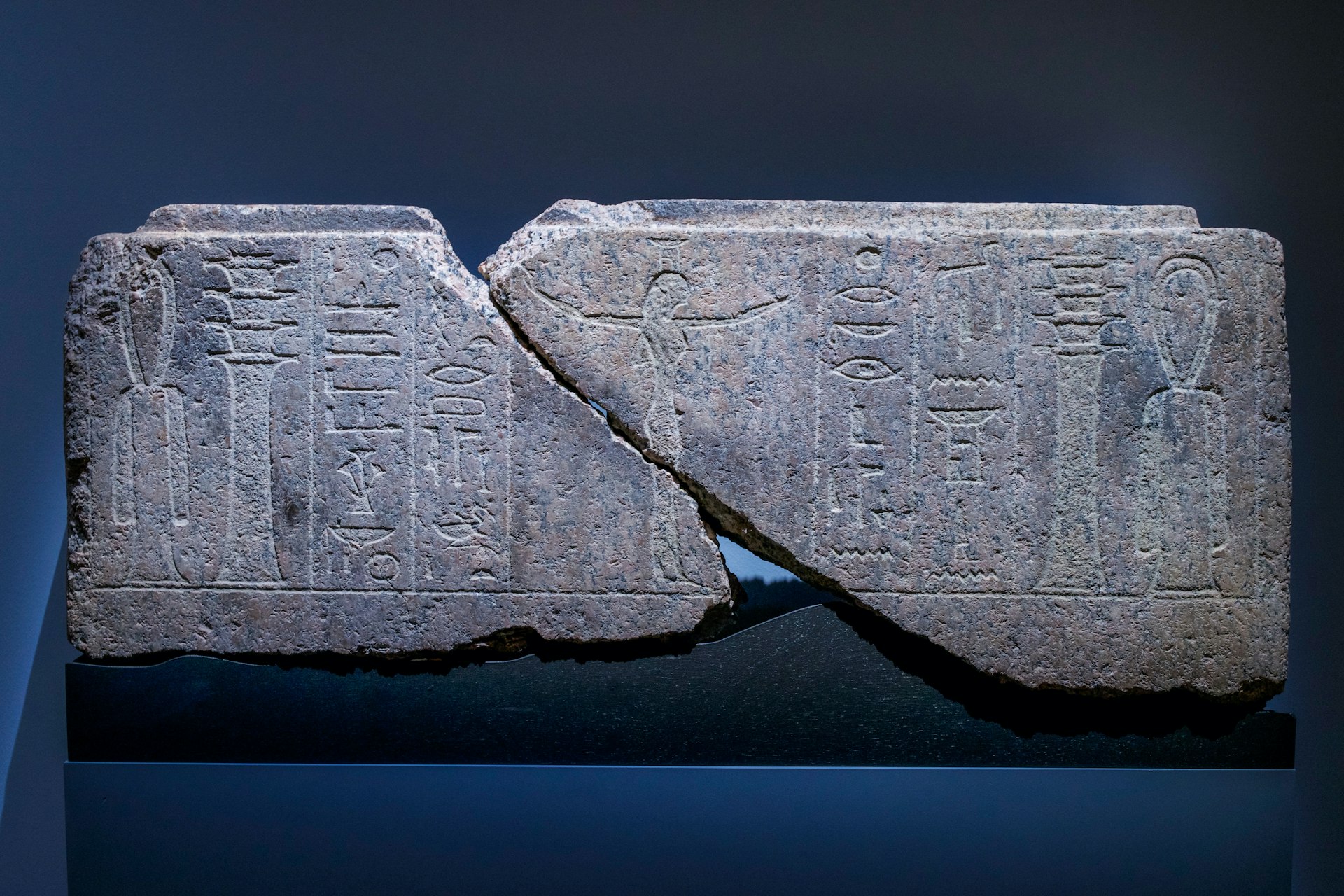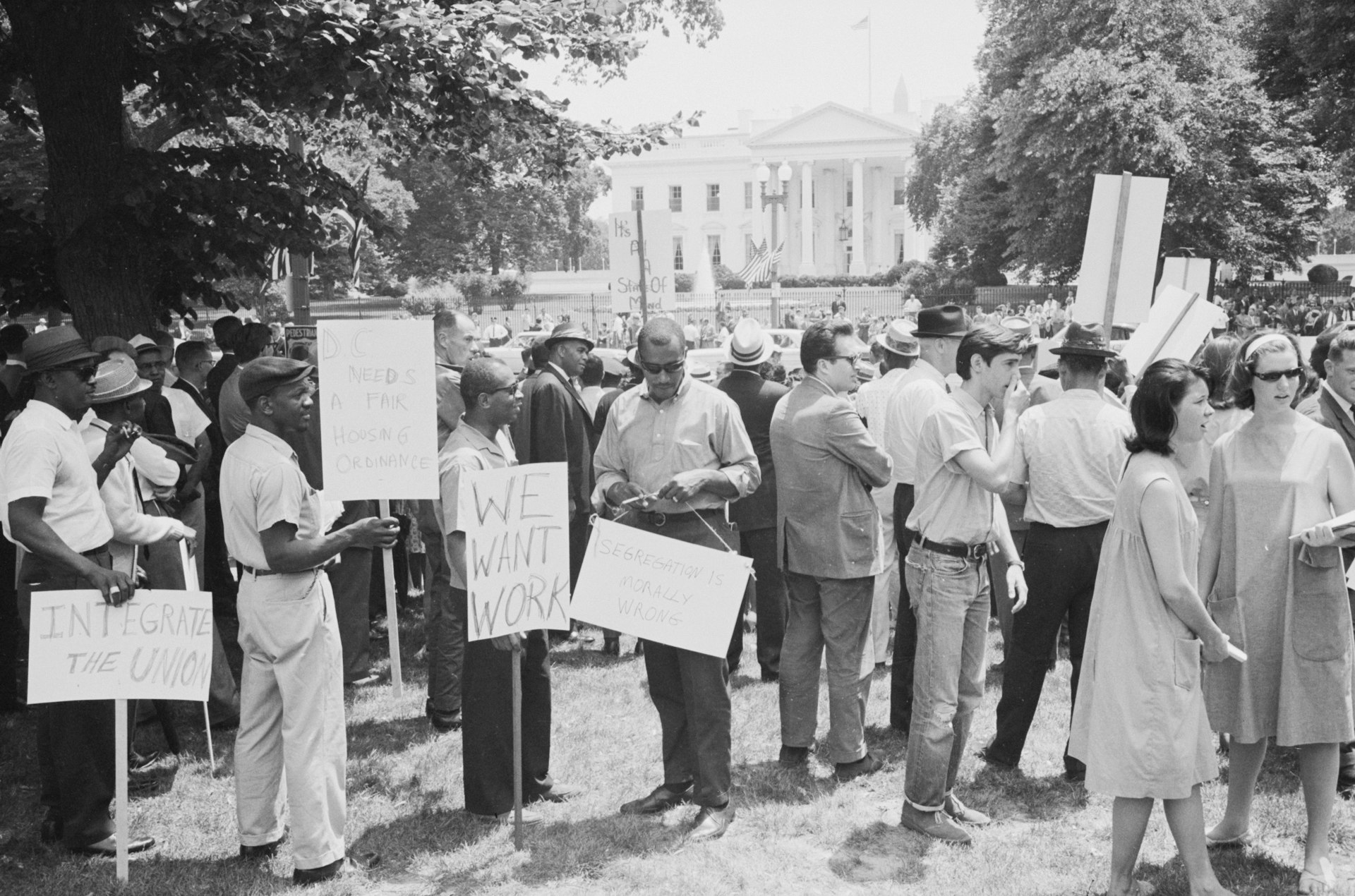From Battlefield to Lens: The Evolution of War Photography in Shaping History

Photo by Julius Drost on Unsplash
The Origins of War Photography: Pioneering Visual Records
Photography revolutionized the way wars are documented, offering visual records that went beyond written reports and artistic interpretations. The earliest known efforts in war photography date back to the
Crimean War (1853-1856)
, where the British government recognized the power of images to inform and influence public opinion. Roger Fenton, widely regarded as the first official war photographer, was sent to Crimea in 1854 to capture scenes of the conflict. However, the bulky equipment and long exposure times limited his work to static and posed subjects, often avoiding the gruesome realities of battle. Fenton’s images, such as
The Valley of the Shadow of Death
, were later published and exhibited, providing the public with unprecedented glimpses into military campaigns
[2]
[4]
.
The American Civil War: Expanding the Frontiers of War Documentation
The American Civil War (1861-1865) marked a significant leap in war photography. Mathew Brady and his team of assistants ventured onto battlefields, risking their safety to document the realities of war. Brady’s work included not just portraits of soldiers but also stark images of the dead and the aftermath of battles. These photographs played a crucial role in communicating the human cost of conflict to a wider audience, influencing public sentiment and shaping historical memory. While technological limitations still existed-photographers struggled to capture movement-Brady’s coverage set new standards for war photojournalism [1] .
Technological Advancements: From Cumbersome Equipment to Portability
As the 19th century progressed, innovations in photographic technology improved the ability to capture war as it happened. The introduction of dry plates and, later, roll film reduced exposure times and allowed for greater mobility. By the early 20th century, small, portable cameras such as the Leica and Ermanox enabled photographers to work quickly and discreetly. This led to the first images of combat and daily life under fire, providing authentic and immediate visual accounts of warfare. The Spanish Civil War (1936-1939) was a turning point, with photojournalists like Robert Capa using portable cameras to document the intensity and chaos of battle. These images could be transmitted wirelessly and published within days, making war photography an integral part of media coverage [5] .

Photo by Mautifko on Unsplash
The World Wars: Institutionalized War Photography and Censorship
During World War I and World War II , the use of photography was both widespread and tightly controlled. Governments recognized the strategic value of imagery for propaganda and morale, but also imposed strict censorship to control the narrative. Photographers, both military and civilian, documented everything from frontline combat to the home front. Despite restrictions, some servicemen managed to capture candid, unauthorized images, offering raw and often haunting perspectives on the realities of war. The expanded use of photography during these conflicts not only served official purposes but also provided enduring historical records that continue to inform scholarship and public understanding today [3] [5] .
Accessing War Photography Archives and Resources
For individuals interested in exploring historical war photography, numerous reputable institutions and online archives offer access to collections:
- The Library of Congress in the United States maintains extensive photographic records from the Civil War and subsequent conflicts. You can search their collections by visiting the official Library of Congress website and looking for the “Prints & Photographs Online Catalog.”
- The Imperial War Museums in the UK provide a comprehensive digital archive of photographs from the World Wars and later conflicts. Visit the official Imperial War Museums website and search their photo archives for images, descriptions, and historical context.
- The International Center of Photography (ICP) offers curated exhibitions and digital resources on the history of war photojournalism. To access these, navigate to the official ICP website and use their search function for war photography exhibitions and collections.
When searching for authentic war photographs, consider using keywords such as “war photography archives,” “historical conflict photography,” or specifying the war of interest (e.g., “Vietnam War images”).
Challenges in War Photography: Ethics, Risk, and Censorship
War photographers face significant risks, ranging from physical danger on the battlefield to psychological trauma from witnessing violence. Ethical considerations also arise regarding the depiction of suffering and death. Photographers must balance the duty to inform the public with respect for the dignity of subjects. Censorship, whether imposed by governments or self-regulated by media organizations, often restricts what can be shown. Overcoming these challenges requires careful judgment, robust safety protocols, and, where possible, independent verification of images and contexts [2] [3] .
The Lasting Impact of War Photography on Public Perception and Policy
The influence of war photography extends well beyond the battlefield. Iconic images have swayed public opinion, influenced policy decisions, and become lasting symbols of the costs and consequences of conflict. For example, photographs from the Vietnam War played a pivotal role in shifting American attitudes toward the war effort. Today, war photography continues to inform debates about military intervention, humanitarian responses, and the ethics of representation. Scholars and journalists often analyze these images to understand not only the events they depict but also the broader historical and cultural contexts in which they were produced [1] .
Practical Steps for Engaging with War Photography
If you wish to study or utilize war photography for research, education, or creative projects, consider the following steps:
- Identify the specific conflict or era you are interested in. This will help narrow your search to relevant archives and collections.
- Use official institutional archives, such as those mentioned above, for verified and high-quality images.
- When possible, consult accompanying metadata for each photograph, including the date, location, photographer, and context of the image. This information is crucial for accurate interpretation.
- Respect copyright and usage rights. Many historical images are in the public domain, but always verify usage terms before publishing or sharing.
- If seeking to contact organizations for access or permission, visit their official websites and use provided contact information or online request forms. Most institutions have dedicated departments for image licensing and research inquiries.
Alternative approaches include visiting local libraries, museums, or university collections that may hold relevant photographic archives. Some organizations also offer virtual exhibitions or guided tours for deeper engagement.
Key Takeaways and Future Directions
War photography has evolved from static, government-sanctioned images to dynamic, immediate visual narratives that shape our understanding of conflict. Each technological and ethical advancement has broadened the impact of photographs on public consciousness and historical record. As digital technology continues to advance, the role of photography in documenting wars will undoubtedly expand, offering new opportunities and raising fresh challenges for those who capture and interpret these powerful images.
References
- [1] Wedio (2021). How war photography has evolved over the years.
- [2] Wikipedia (2023). War photography.
- [3] Jason Francisco (n.d.). War Photography.
- [4] Hickman Design (2022). History of War Art, Photojournalism and War Reporting.
- [5] History is Now Magazine (2023). War Photography Through the Ages.



